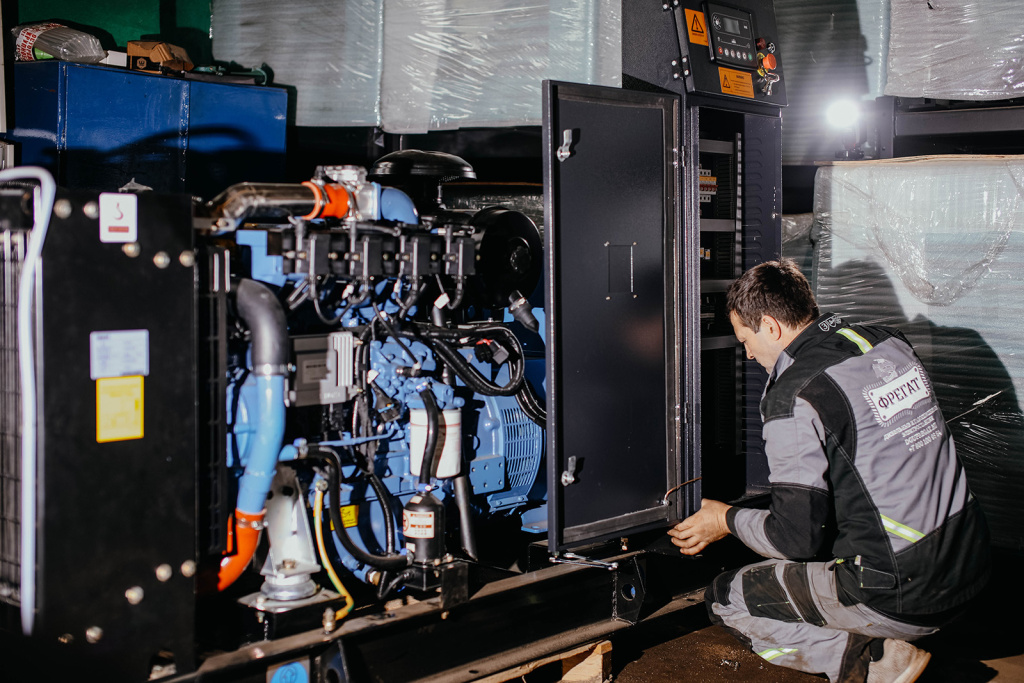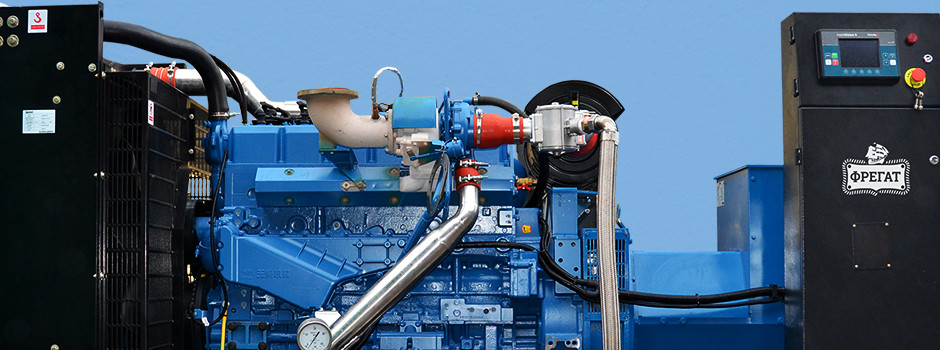
Gas generators
Electricity is needed to operate many different devices. However, in some cases it is not possible to connect to the centralized network. Sometimes this is hampered by the consumer’s regular moves to new locations. Sometimes power lines are located too far from the site. In such circumstances, you may want to consider a gas-fueled generator. Such devices are abbreviated as “gasgen”. This is a reliable way to supply energy to industrial and military facilities, construction sites and houses located outside the city.
Main characteristics of gas generators
Before purchasing a gasgen, it is important to understand what its parameters will be optimal for a particular consumer. Both the efficiency of the generator and the possibility of its placement on a certain object depend on the parameters.
Permanent or periodic operation
Gasgens can operate in one of three time modes:
- Constantly. Autonomous power plants supply energy to consumers 24/7. At the same time, consumers do not need to connect to external networks.
- Short periods. Such gasgens are purchased for suburban cottages, compact settlements or industrial installations with a floating work schedule.
- Exclusively in emergency situations. The generator will turn on to power the devices that remain without power supply during the shutdown of the external network.
The frequency of work is determined by the tasks for which the energy source is launched.
Number of phases of the gas generator
The aggregate can have one phase or three. One is enough for household consumers, as well as not too large industrial workshops, where the load always remains standard and linear. Three phases provide for the connection of a multiphase load for engines, machine tools with high performance or industrial facilities.
Fuel type of gas generator
Most models need natural gas. If a gas main passes near the planned location of the generator, the unit can receive fuel from it. However, it is impossible to take gas from the pipe without permission, this will require permission from the gas service. If the permit is not issued or there is no highway nearby, an alternative method will come to the rescue — the installation of a gas-filled cylinder.
Along with the classic gas, it is permissible to use fuel with high or low heat release rates. For example, it can be a gas with a low content of butane, propane or other impurities, or with a reduced detonating ability. The operating mode of the device should be selected in accordance with the specifics of the gas used. Generators are classified according to the fuel with which they are compatible.
Gas generator power
The output power provided by the gas generator is its primary selection criterion. The power range of the devices available on sale these days is extremely wide: from 2 to 500 kW. How many different devices can be connected to the unit depends on the specific indicator. To understand what kind of power you need, sum up the capacities of all the devices for which you need electricity. To the result of the calculations, add another 20-30% in reserve — this will be the recommended generator power.
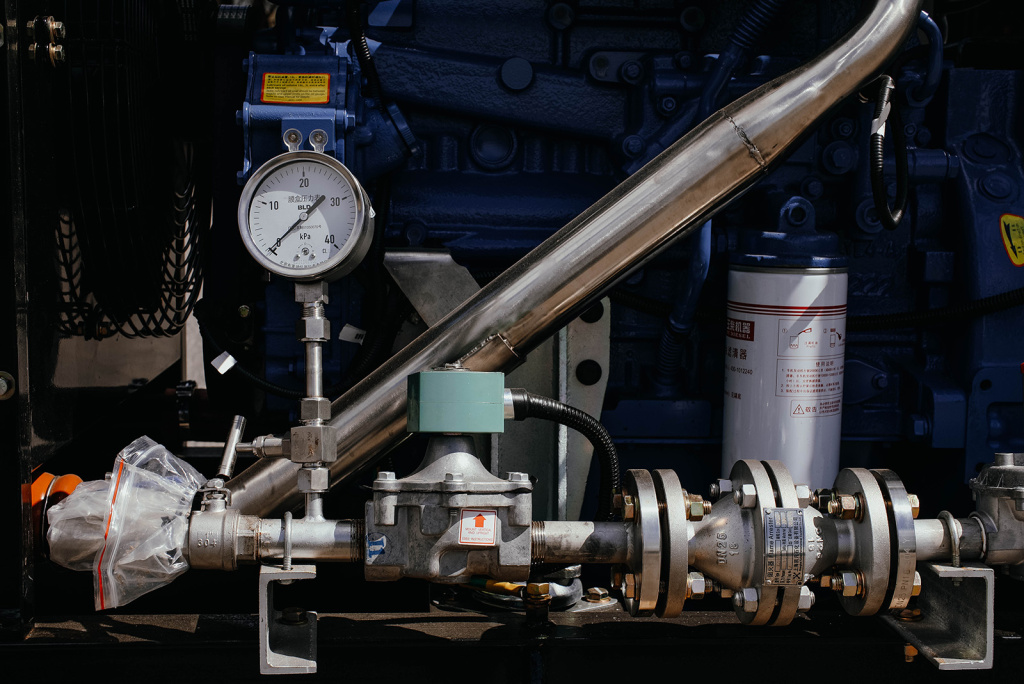
Type of cooling of the gas generator
The unit may overheat due to the fact that gas is constantly burned in it. Constant exposure to very high temperatures is undesirable for structural elements, so they need to be cooled. Gas generators are cooled with water or air.
Water cooling is also known as liquid cooling. The water takes excess heat from the unit and thereby heats itself. In order not to waste this valuable resource for nothing, it is advisable to direct it to heating or heating of premises (both industrial and residential).
Air cooling can be forced or natural. In the first case, low-temperature air flows are directed to the equipment using various devices. The second option is suitable for generators without a protective casing and with low power, which warm up relatively slightly during operation.
Gas generator start type
The start can be automatic or manual. The first option is ideal for objects that are connected to an external power grid. If, due to emergency circumstances, the power from the network stops coming, the generator will turn on without human intervention. Devices with manual start—up are popular among users who rarely and irregularly need gasgen - for example, summer residents who go out of town only on weekends.
Voltage Regulation (AVR)
To regulate the voltage coming to the consumer, you can use the AVR unit on the gas generator. This block aligns the curve so that the energy received corresponds to the desired characteristics. The supply of electric current turns out to be high-quality and stable. The owner of the unit will not feel the difference compared to connecting to an external network.
Inverter models are more successful than others in equalizing the voltage. They first give out alternating current, then transform it into direct current and, finally, change the voltage and current indicators so that they correspond to the required ones.
Variants of gas generators
According to their execution, all models are divided into closed and open. The first type is suitable for installation outside an indoor space. It will not be harmed by rain, snow, wind and other external factors, as it is covered with a strong casing. Open models do not have a casing, so they are designed for indoor use only. Such devices are noisier, have less mass and cope more successfully with cooling naturally.
If you plan to transport gasgen from one place to another, pay attention to models equipped with wheels. This small detail greatly simplifies transportation. Wheels can be found not only in large generators, but also in compact ones.
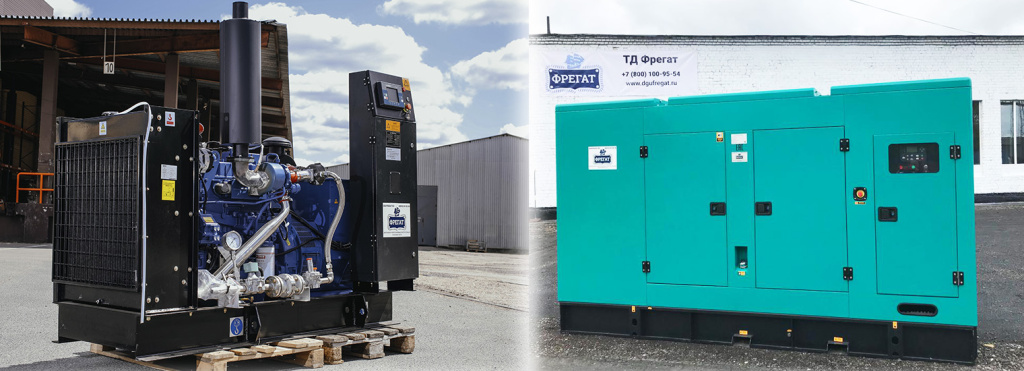
Degree of protection IP of the gas generator
This indicator is measured on a 5-point scale, where the minimum possible score is 0. With a zero parameter, the device is not protected from external factors. With the “five” protection is the highest and allows the gas generator to work, including in an extremely unfavorable environment. The IP protection level of most gasgens used in everyday life ranges from 2 to 3. This figure is applied to the housing of the unit.
Noise level of gas generators
Any generator makes noise during operation, regardless of what fuel it consumes: gasoline, diesel or gas. The greater the distance from the equipment to people, the worse the sound is heard. The sound pressure range of household devices ranges from 40 to 100 dB. The higher the power of the unit, the more noise comes from it and the more intensive measures have to be taken to suppress it.
If you place the generator in the open air, the noise it makes will not create such discomfort as the sound of a gas generator at an industrial enterprise. Powerful devices in residential areas can seriously interfere with the residents of the house to do their daily chores, so it is important to consider sound insulation. It is possible to isolate both the gasgen itself and the room in which it is located.
Dimensions of gas generators
The higher the power of the equipment, the larger the size of the power generator. Models with low power are the most compact — mostly about 1 m x 0.5 m x 0.5 m. Devices of average power take up about twice as much space, 2 m x 1 m x 1 m. The dimensions of the largest models are 5 m x 2 m x 2 m.
Machine type
All reserve sources of electric energy using gas as fuel are divided into two classes: synchronous and asynchronous. The first type is more expensive and has a more complex design. It outputs voltage, current and power with more stable parameters. Such units are needed by consumers who are sensitive to changes in the characteristics of electricity. Asynchronous gasgens are not able to provide comparable stability. Their main advantage is affordable prices due to the simplicity of the design.
Advantages and disadvantages of gas generators
Gasgens are in consistently high demand due to their following advantages:
- High efficiency and motor life. They are higher than those of devices designed to consume other types of fuel.
- Indifference to temperature changes. Gas units function properly at ambient temperatures from -50 ° C to +50 ° C, unlike more sensitive diesel devices.
- Long period of operation. Unlike petroleum products and solid fuels, gas does not produce heavy precipitation during combustion.
- Economical gas consumption. After a single refueling, one gas cylinder will work on average twice as long as a gasoline one.
- Exceptional reliability. In just 6 months, petroleum products can decompose, and liquefied natural gas does not lose its original qualities for years.
- The possibility of autonomous operation. If the gasgen has an autorun function and it is connected to the main gas pipeline, it does not need constant monitoring. Energy will be generated steadily and continuously — except for short periods of maintenance.
There are few disadvantages of gas generators:
- It is difficult and expensive to repair them.
- They take up a lot of space.
- Gasoline analogues produce significantly greater power.
- To put the gasgen into operation, you must first obtain permits for connection and operation, as well as some other papers.
The last point is due to the potential danger that gas-based mixtures represent.
Gas generator selection criteria
Here are six questions that will help you choose the most suitable gasgen model for your purposes:
- How much power does your network need?
- Will one phase be enough for the consumer, or will three be needed?
- Will the electricity coming from the generator become the main or backup source of energy?
- Will the power supply be carried out from a gas cylinder or from a main gas pipeline?
- Where do you intend to place the generator?
- What are the maximum permissible dimensions of the gasgen, taking into account its location?
Other details depend on local conditions, the specifics of the load and the wishes of the buyer.
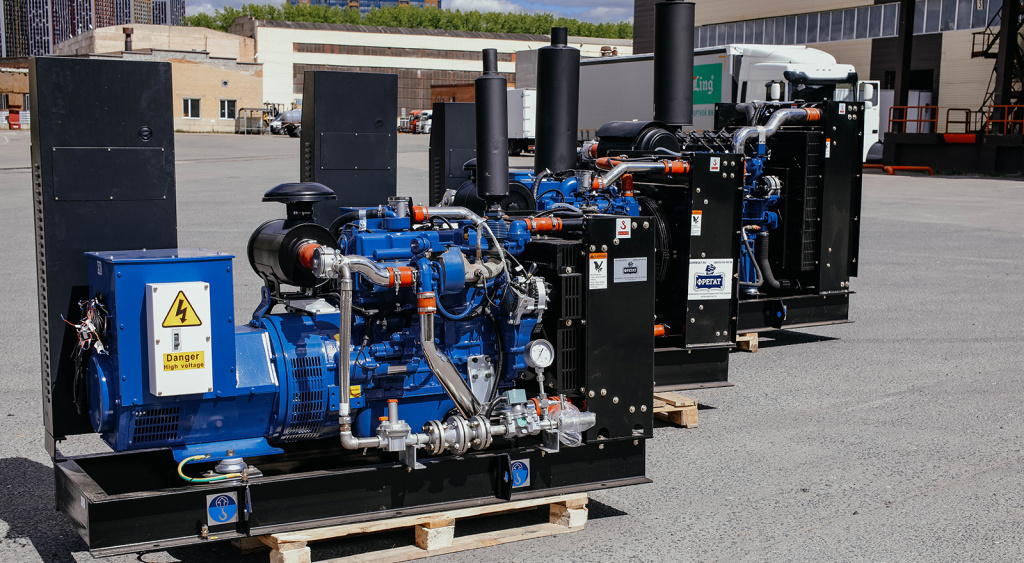
How not to make a mistake when choosing a generator
A huge number of devices from a variety of manufacturers are on sale. The less well-known the brand, the lower the quality guarantees of the gasgen. Little-known companies often overestimate the characteristics of their products. During operation, it reveals shortcomings that are difficult or impossible to eliminate. It is advisable to focus on generators from reliable manufacturers, as well as clearly understand your needs.
For a country house or cottage outside the city
For this purpose, models with a single phase from 5 to 25 kW are optimal — provided that the house is not very large. Spacious mansions will require three phases. Also, three-phase units are necessary for special equipment or electric machines.
For mobile power plants
Mobile power plants are equipped to supply energy to construction sites. Models with both one and three phases are in use. Their minimum allowable power is 25 kW.
For a constant supply of electricity
To supply energy to the consumer for a long time, a generator with a capacity of 100 to 500 kW is required. Such a unit is installed permanently. It is suitable for heating residential or non-residential facilities. It can be provided with water cooling. АГ-1000-Yuchai - one of the most powerful models on the Russian market. This generator can power a factory or a small village.
How to install and connect a gas generator
Generators are connected to cylinders filled with gas fuel or to main pipes. The first method is much easier than the second. Before connecting to the pipe, you will need to coordinate the project with the gas company, issue a package of documents, draw up a technical process and comply with a number of other requirements.
Regardless of the connection method, you need to remember the following recommendations:
- It is forbidden to put the generator in the basement if it consumes liquefied gas. The minimum allowable volume of the room in which gasgen is allowed to be placed is 15 cubic meters.
- The room should have high-quality ventilation. If it is not provided naturally, it is necessary to install an artificial ventilation system. If the gasgen is not properly ventilated, its efficiency will drop significantly. Equipment located outdoors does not need additional ventilation.
- In order for the exhaust gases to leave the room, the pipe should be brought out through a hole in the wall. If the gasgen is in the open air, the method of gas removal is determined on the spot, based on specific natural conditions.
